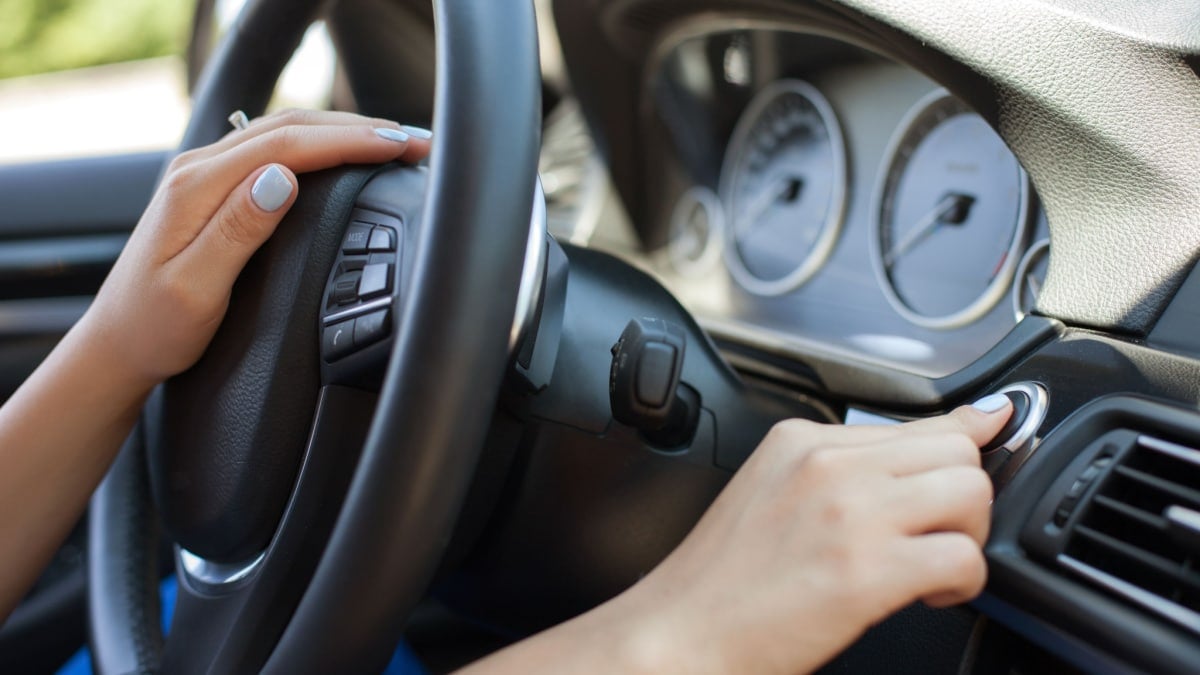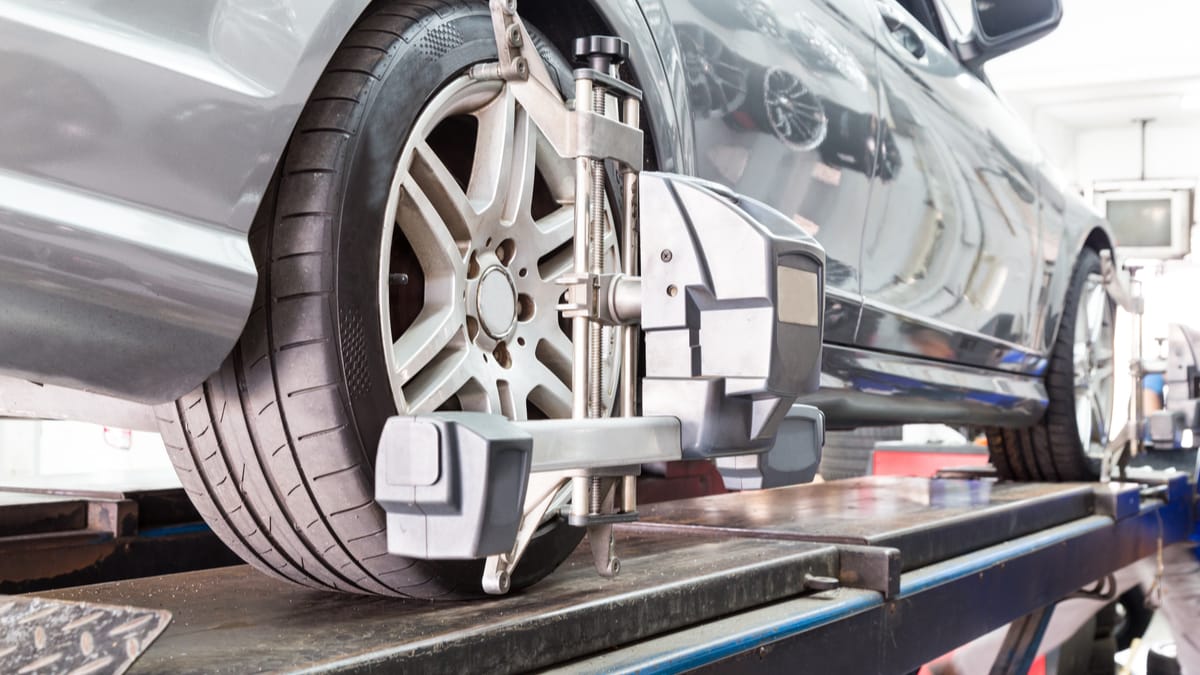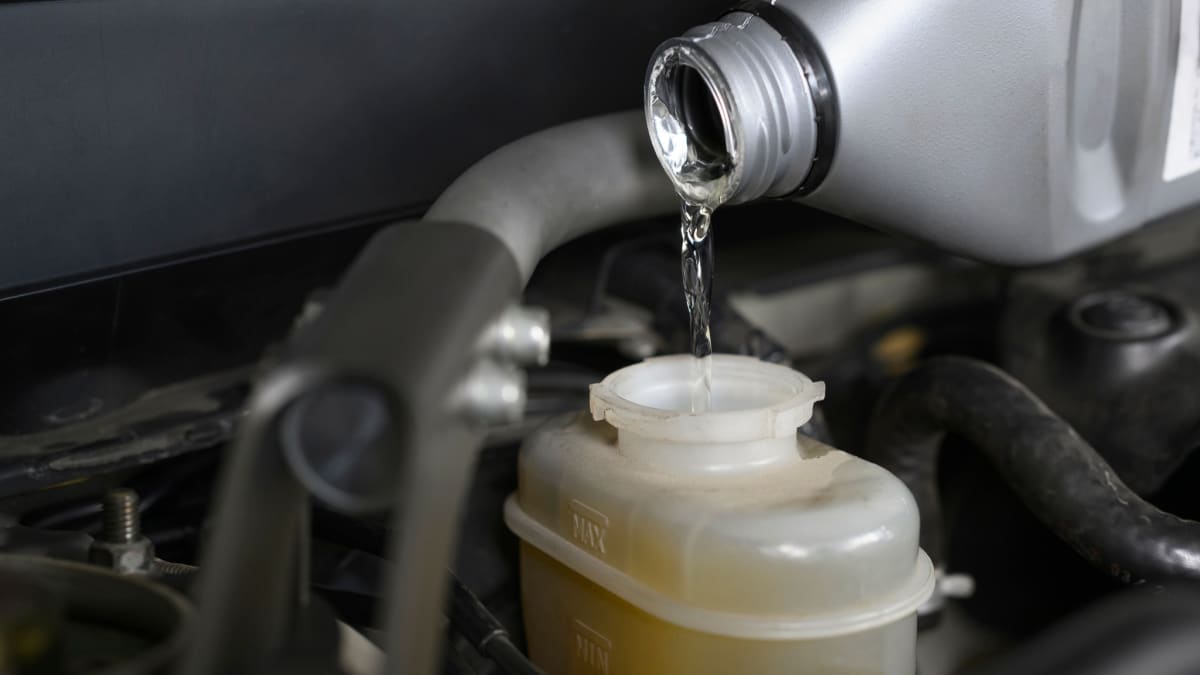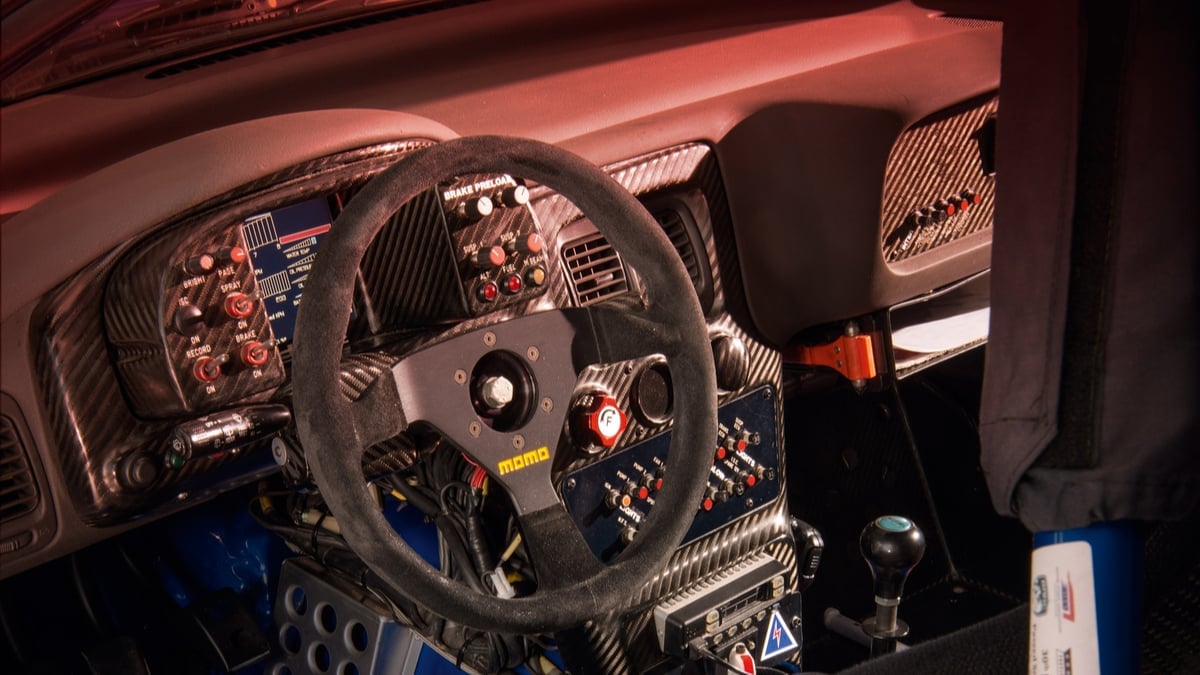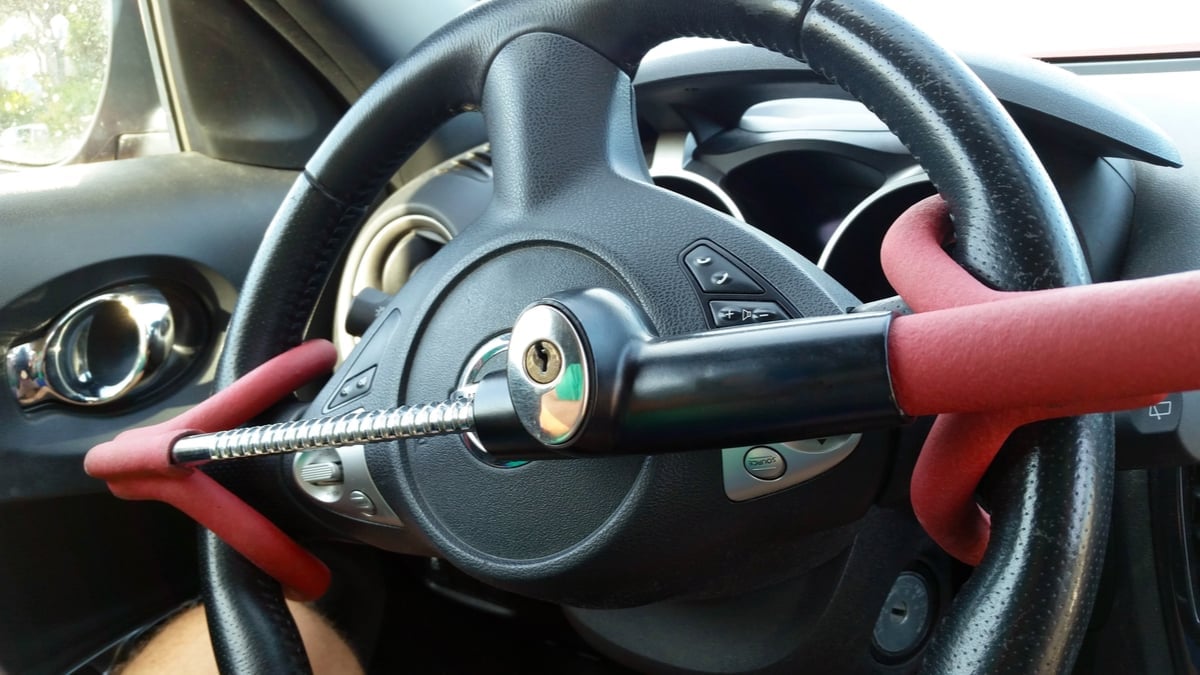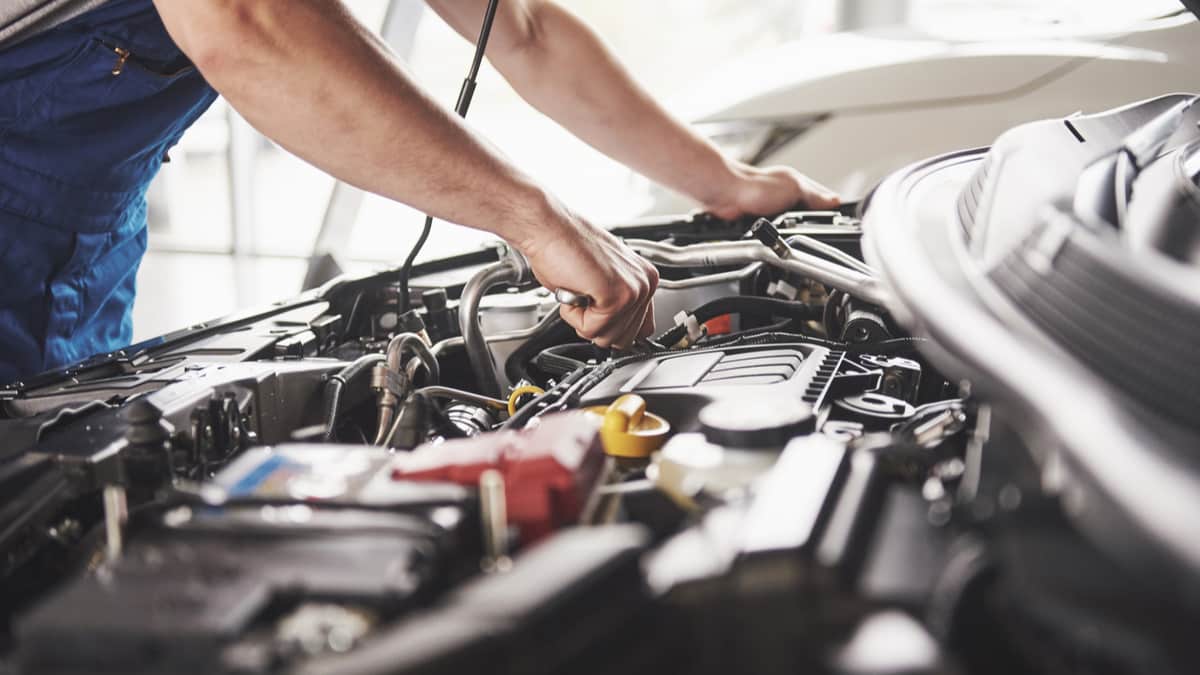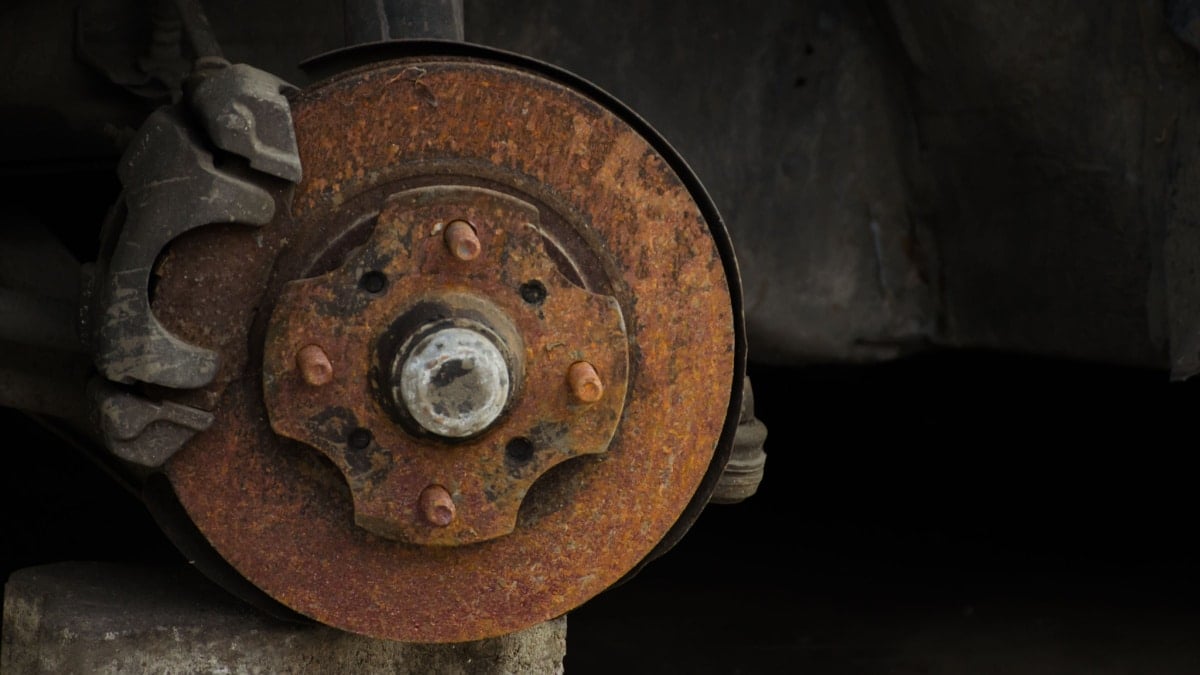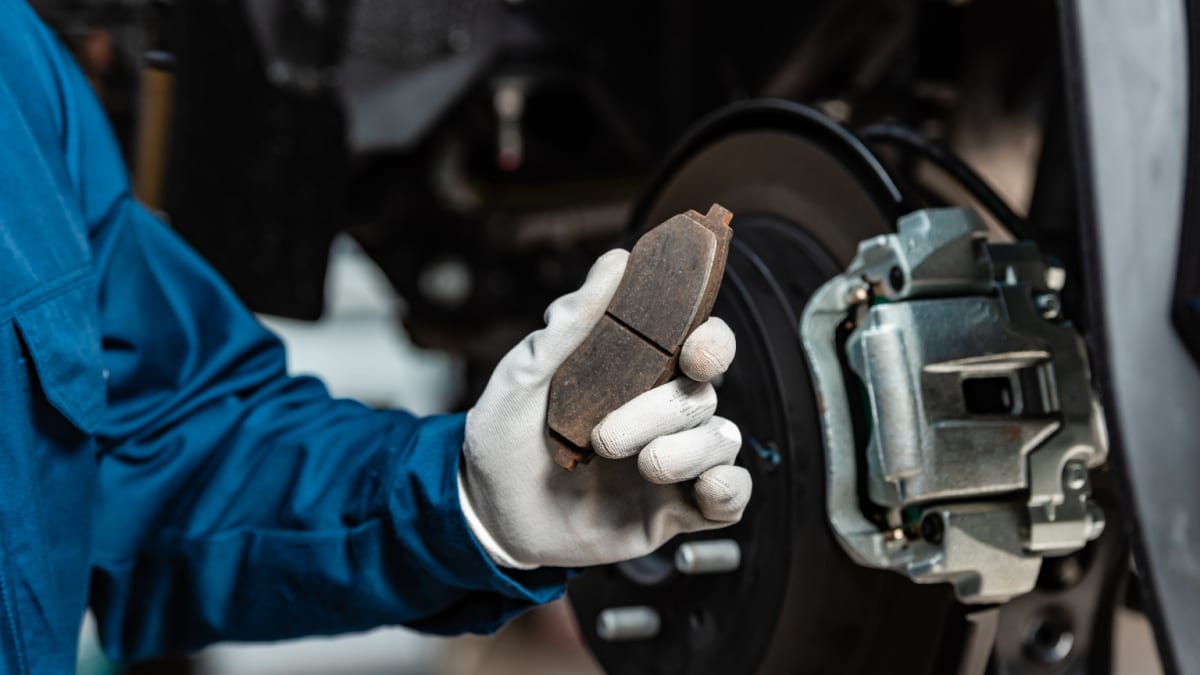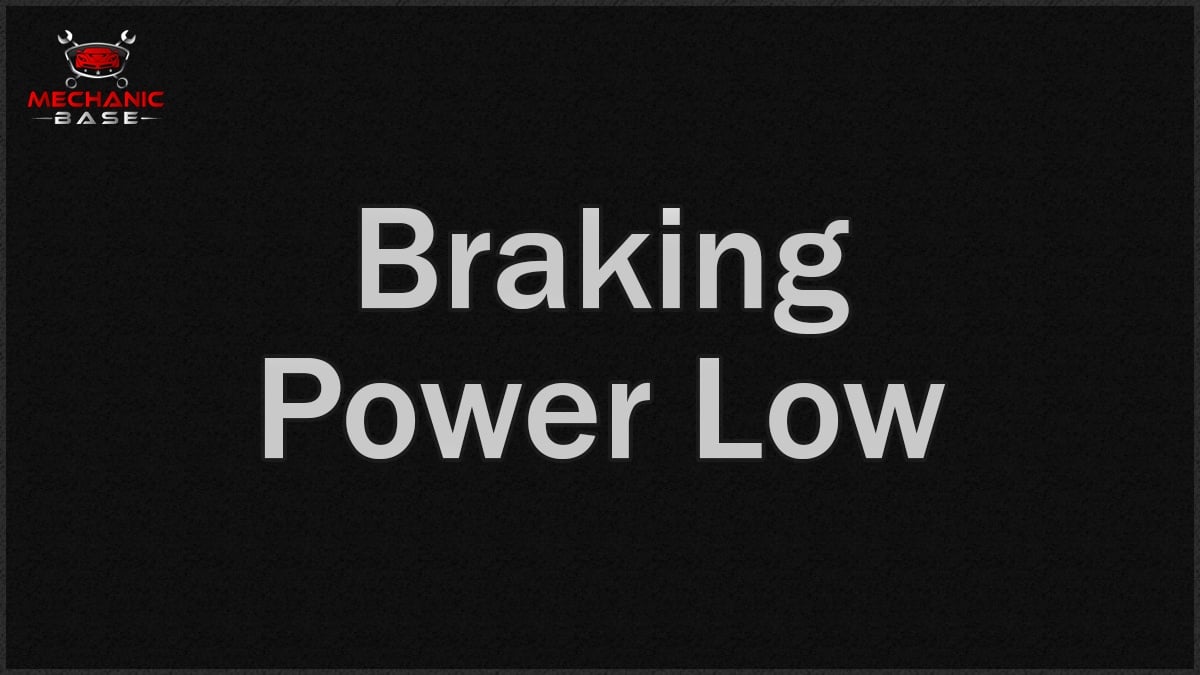Few things are as scary as feeling the steering wheel shake while you brake the car. If it gets bad enough, it can feel like the steering wheel is coming off in your hands. Yet, when you learn about why the steering wheel shakes when braking, you realize that most problems are easy fixes.
This guide explains the most common reasons for the shaking sensation and shows you what to do to fix it. As professional mechanics, we can also answer some of your top questions.
Reasons Your Steering Wheel Shakes When Braking
When you push on the brake pedal and the steering wheel shakes, it could be a sign of warped or rusty front brake rotors. You may also have bad control arm bushings, a sticking brake caliper, bad wheel alignment, unbalanced wheels or other worn-out suspension components.
Let’s look at these to see if you can figure out which one is causing the shaking.
1. Warped or Rusty Front Brake Rotors

One of the main culprits for a shaking steering wheel when braking is the front brake rotors. The rotors may be worn or have become warped. There could also be rust on the surface, causing the vibration when you push on the brake pedal.
Of course, there’s always the chance that the brake pads are also to blame. When brakes first start to go bad, you should hear a squealing sound. If you let them go any further, the noise can become more of a growl or grinding, along with some vibrations.
2. Bad Control Arm Bushings
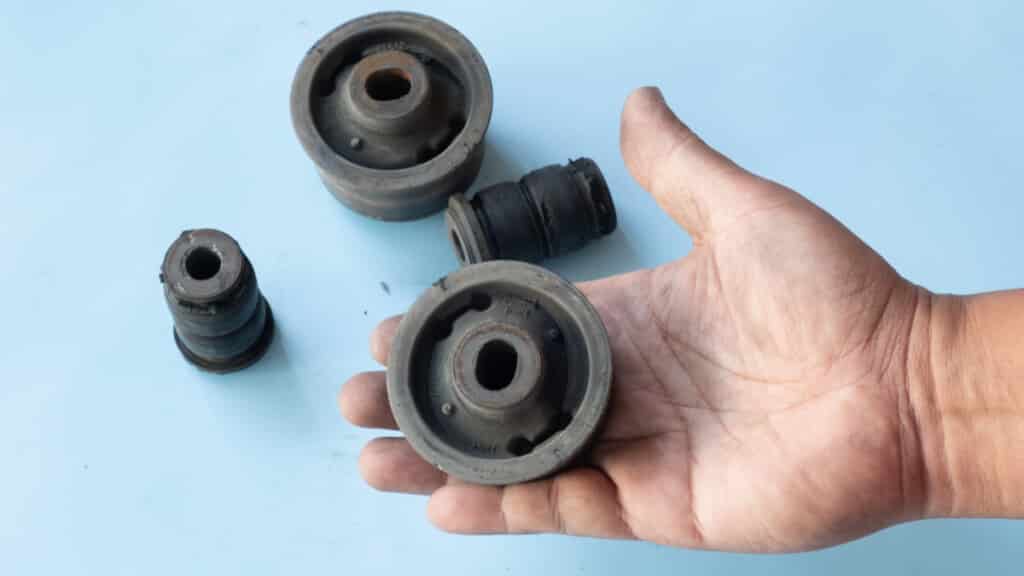
Control arm bushings are a vital part of the suspension, creating stability during a drive. These bushings are on the inner side of the control arm, where it attaches to the frame.
When a bushing goes bad, the car starts to lose stability at higher speeds. It can also create uneven tire wear and a vibrating steering wheel, especially while braking.
3. Sticking Brake Caliper
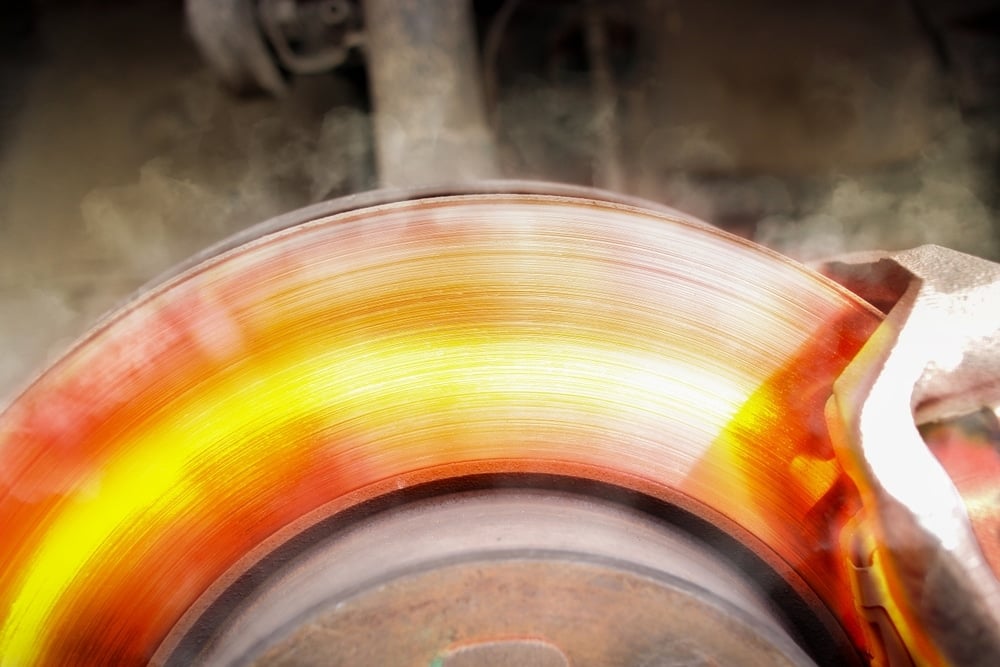
Brake calipers can seize or become sticky, which causes trouble with the rotors. If a caliper gets stuck, you may feel the car pulling to that side. It can also make noise as the brakes drag. On top of that, you may notice some vibration.
The shaking is only going to become worse if you have a seized caliper and a warped rotor from the friction. You should stop driving when this occurs because you’ll have trouble controlling the vehicle.
4. Bad Wheel Alignment
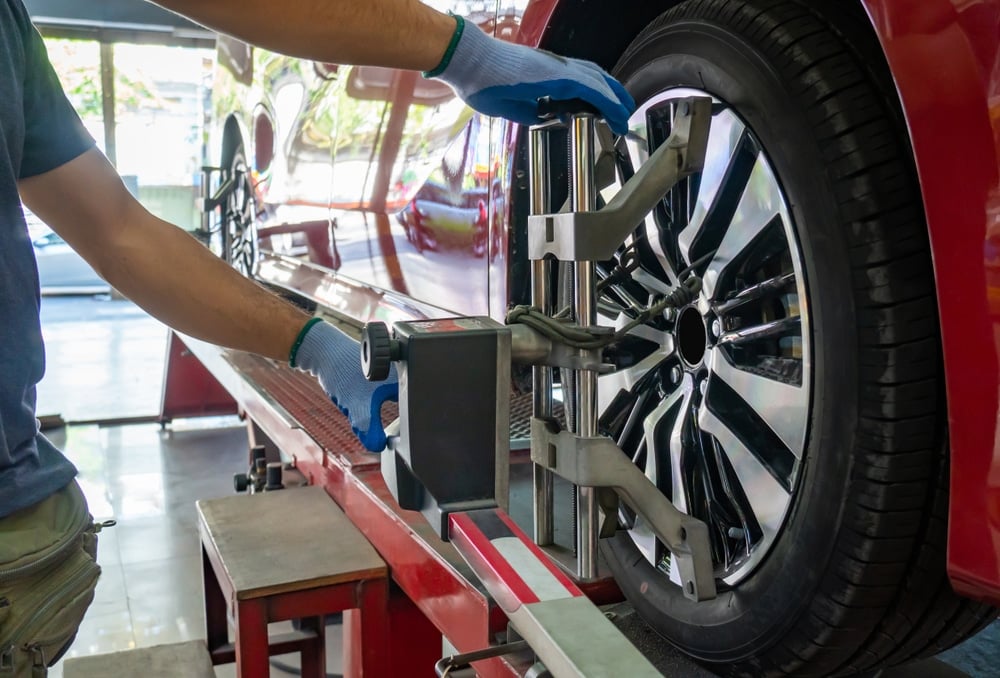
For the vehicle to drive straight down the road, the wheels must be aligned. If they aren’t, the tires are going to make uneven contact with the road, leading to excessive tread wear.
However, this problem can also lead to vibrations and shaking. Even a slight change to the alignment can cause the steering wheel to vibrate.
5. Unbalanced Wheels
Wheel balance is another common problem. If the wheels aren’t balanced, the tires won’t be able to make contact with the road as they should. They could skip slightly as they rotate, leading to a vibration that can be felt in the steering wheel.
You may notice this problem more when driving at higher speeds or when you try to come to a stop. Because you could easily lose control of the vehicle, it’s best to have this problem checked right away.
5. Other Worn Suspension Components
The car’s suspension system is made from many components that are designed to dampen the road imperfections. If any of the parts are worn or damaged, you could feel shaking in the cabin, especially through the steering wheel.
Consider the possibility that a ball joint or tie rod is bad. Either way, you don’t want to continue driving the car with a bad suspension. Not only will you go through more tires, but you could allow further damage to occur.
How To Fix A Shaking Steering Wheel When Braking
Once you feel the steering wheel shaking, it’s best to get the vehicle to a safe location. You don’t want to lose control of the vehicle. If you can drive home to look at it, that’s fine. Otherwise, you should have the car towed to your home or a local auto repair shop.
If you prefer to find the problem on your own, here are a few tips we have to offer as professionals.
1. Inspect Front Brake Rotors
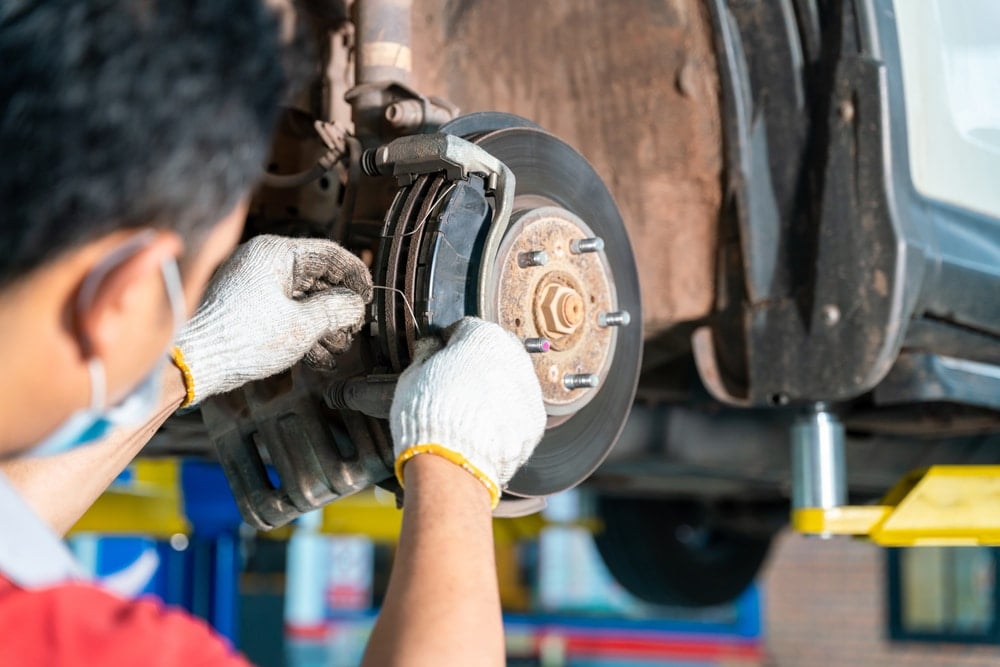
Because brakes are the most likely culprit, this is where you want to start. Pull the wheels and take a look at the brake rotors. If you feel or see any noticeable grooves, it’s time for new rotors.
In some cases, the rotors can be resurfaced. A few auto parts stores offer brake rotor resurfacing for a minimal charge, much less than you will pay at an repair shop. If there’s not enough material left for resurfacing, you want to replace the rotors.
Always replace your brake rotors in pairs. For the front rotors, you may spend $100 to $150. The cost will be more if you need to pay someone to put them on. If the caliper caused the rotors to become damaged, you have to fix this as well. Find out what caused the stuck caliper so it doesn’t continue to occur.
2. Inspect Control Arm Bushings And Other Suspension Parts
Start with a visual inspection of the control arm bushings. The rubber material should be in good shape, with no tears or damage. You also want to check the bushings for play and replace them if they are worn.
If the bushings look good, don’t forget to check the rest of the suspension. You may be dealing with a bad tie rod or ball joint.
3. Inspect Brakes
While you have the rotors exposed for an inspection, it may also make sense to put on new brake pads at the same time. As with rotors, brake pads should always be replaced in pairs, doing both front wheels at the same time.
You can typically get a set of brake pads for less than $150. If you put them on yourself, you won’t need to pay anything for labor either.
4. Balance And Align Wheels
Wheel balancing and alignment are both supposed to be performed on a regular basis. On average, you should have the wheels balanced every two years, while wheel alignment should occur every year. If you haven’t done either of these in some time, get it scheduled.
During the wheel balancing, technicians place weights around the rim to ensure a complete balance of the rim and tire. The cost for wheel balancing may be $15 to $50 per tire. During the wheel alignment, the car is placed on a special rack to measure the direction of the wheels. Adjustments are made to ensure the wheels point straight and are equal to one another. The typical cost for a wheel alignment is between $50 and $75 per axle.
5. Contact A Professional
After these inspections, you may need to contact a professional technician if you haven’t found the problem. You don’t want to continue driving with the steering wheel shaking, especially if you don’t know what’s causing it.
Additionally, if you don’t feel comfortable performing any of the inspections or fixing that we’ve outlined, it’s best to take the car to a repair shop. The last thing you want to do is create more damage because of a lack of knowledge.
How to Prevent Brake Vibrations
Prevention is far better than repairs. You can prevent a lot of these problems by taking care of your vehicle. Here are a few tips to consider.
- Take it easy on the brakes. If you pay attention to traffic ahead of you, it’s easier to brake slowly, which reduces wear.
- Don’t overheat the brakes. If you are constantly on the brakes, they get hot and start to warp. Instead, accelerate slowly and take your foot off of the pedal when you want to slow down.
- Choose high-quality brakes. You may spend a little more to get a good set of brake pads or rotors, but they will last longer. Research different brake types to find what works best for your vehicle and driving style.
- Follow the recommended maintenance schedule. Have your brakes checked by a professional and replace them when needed.
Is it safe to drive with a shaking steering wheel when braking?
No, you should get the car to a safe location and figure out what’s wrong. There could be a defect with the brakes, wheels or suspension, any of which can cause you to lose control of the vehicle. Until you get the vehicle parked, drive with caution and slow down.
Why is my steering wheel shaking and knocking when I brake?
If the condition seems to only occur while braking, there could be an issue with the brakes, possibly warped or rusty rotors. It’s also possible that bad control arm bushings or a sticky caliper are to blame. Otherwise, check the wheel alignment, wheel balance and suspension system for failure.
How do you tell if your rotors are warped?
Brake rotors should be smooth and flat, allowing the pads to clamp down on the surface and stop the wheels from spinning. When the rotors are warped, the surface is no longer smooth. This causes problems with the pads making contact and can lead to vibration in the steering wheel.
How often do rotors need to be replaced?
Brake rotors don’t need to be replaced as often as the pads. On average, they need to be replaced every 30,000 to 70,000 miles. In some cases, you may be able to get the rotors resurfaced. If they aren’t thick enough, you will have to replace them instead. Remember to replace the rotors in pairs, both on the same axle.
How much does it cost to replace warped rotors?
For brake rotors on both sides, you may spend $100 to $150 on the parts. If you can replace the rotors yourself, you won’t need to pay any labor charges. Otherwise, you may spend an hour or two of labor for a mechanic. If you can have the rotors resurfaced, the cost will be even lower.
You have every right to be alarmed by the vibration of the steering wheel when you brake. It’s a clear sign that something isn’t working correctly. To avoid bigger problems, you want to have the vehicle checked immediately. While it could be something simple, you don’t want to lose control and cause an accident.
If you have enough mechanical knowledge to check the wheels, brakes and suspension yourself, go for it. Otherwise, it’s best to employ a mechanic to help you out. Hopefully, you face a simple fix that gets you back on the road quickly.
Categories: Brakes, Troubleshooting


